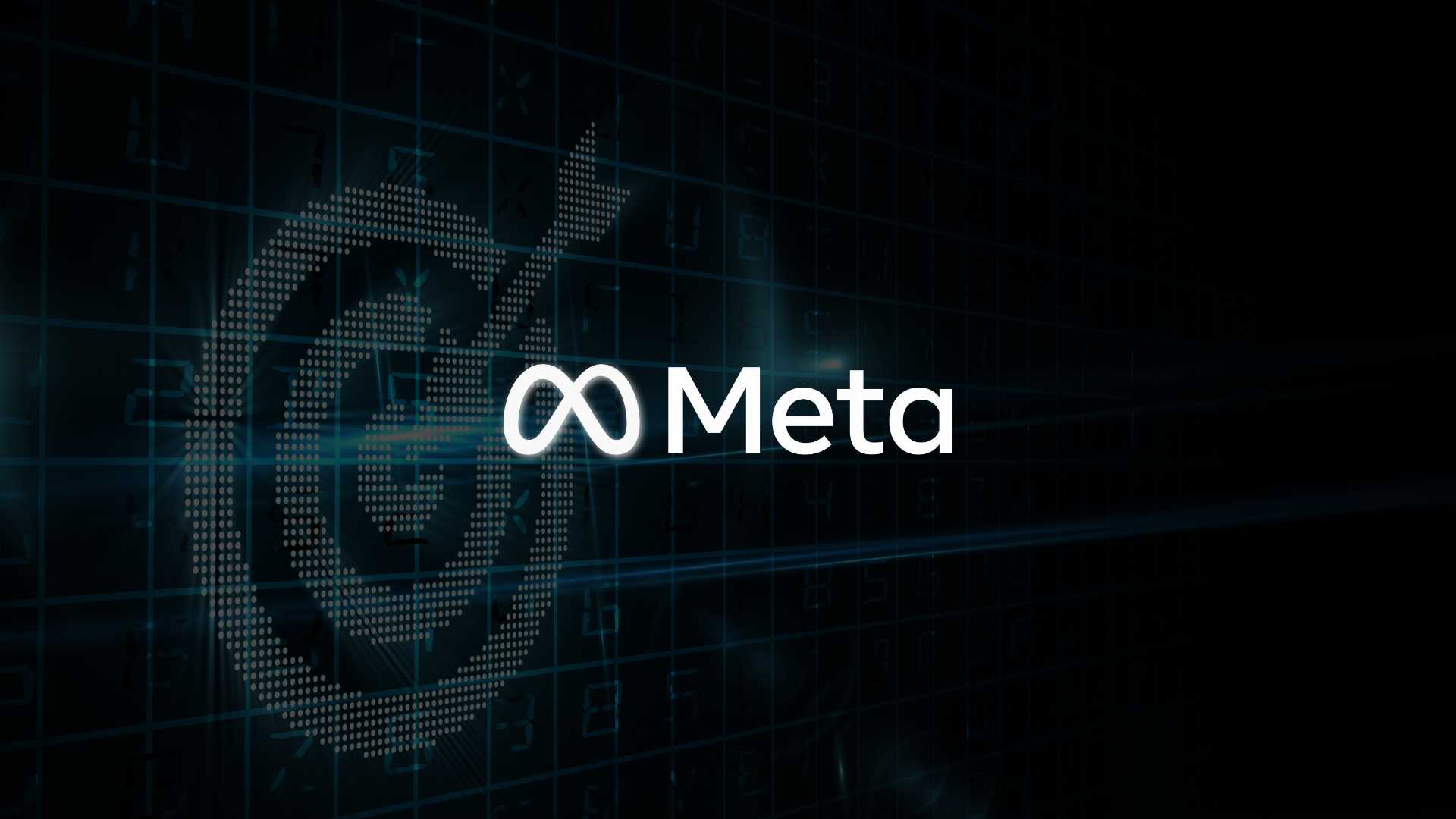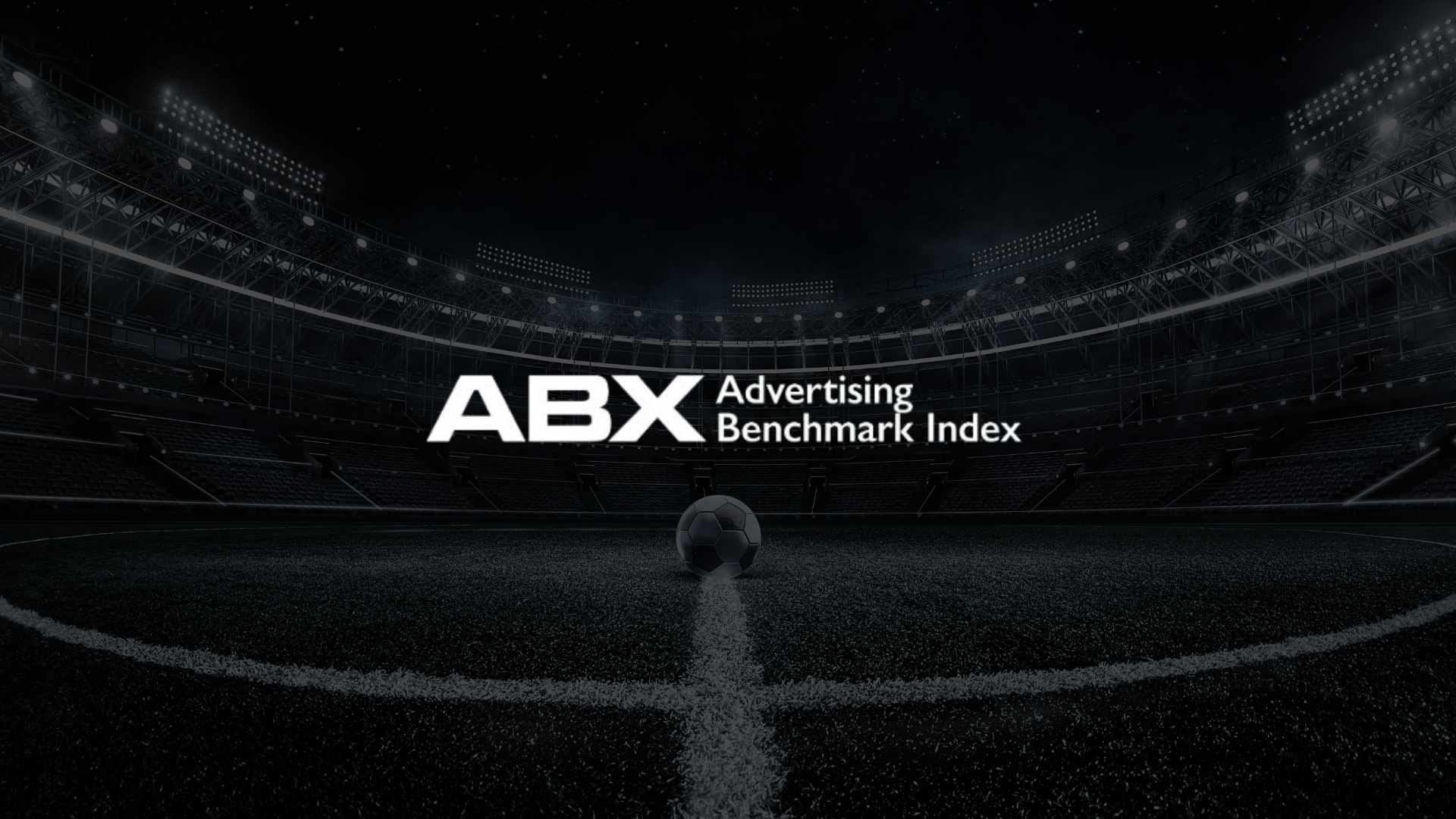Remember back in spring when Mark Zuckerberg promised advertisers that one day they’d just drop in a URL and Meta’s AI would handle the rest? That future is coming faster than many ad buyers expected—and not everyone’s thrilled about it.
Over the past year, Meta has quietly (and not so quietly) removed dozens of manual targeting options from its Ads Manager, consolidating categories and scrapping granular audience filters. The official reason: some criteria weren’t widely used, some were too niche, and others were deemed “sensitive.” The unofficial reality: Meta wants advertisers to lean into broad targeting, powered by its rapidly improving AI.
Manual Targeting Shrinks, AI Expands
In early 2023, Meta cut a swath of targeting categories. By August of last year and June this year, it doubled down, removing even more detailed options. Now, a fresh notification in Ads Manager alerts advertisers that further consolidations are underway.
For ad buyers who’ve grown accustomed to hand-picking interests, behaviors, and niche audience segments, this means less control. But Meta argues that more control often means worse results. By restricting reach, advertisers limit the platform’s AI from finding the most valuable prospects—at least according to Meta’s data.
The Case for Broader Targeting
Meta ads expert Jon Loomer is blunt about it: “The belief that Meta needs these inputs is a targeting myth.” Loomer, who has tracked these changes closely, argues that automated ad delivery systems consistently outperform human-managed targeting in today’s ecosystem.
In other words, if you think you know your customer better than Meta’s AI, odds are you don’t. And the numbers are starting to back that up—broad targeting is driving stronger outcomes for many advertisers, particularly in performance-driven campaigns.
The Bigger Picture
This shift isn’t just about streamlining options—it’s about forcing adoption of Meta’s AI-first ad stack. With generative AI tools for ad creative, automated bidding, and audience targeting, the platform is nudging advertisers toward a fully automated future.
There will still be space for niche segmentation and custom audiences in certain cases, but the trend line is clear: the days of micromanaging campaigns with hyper-specific targeting are fading. Instead, AI will decide who sees your ads, when, and in what format—and increasingly, it’s proving right.
For brands, that raises big questions. Are you ready to trust Meta’s black-box automation with your ad dollars? Because soon, you may not have much of a choice.




